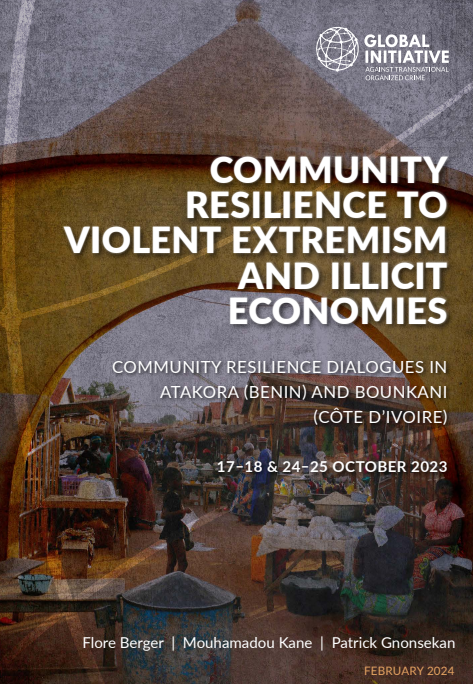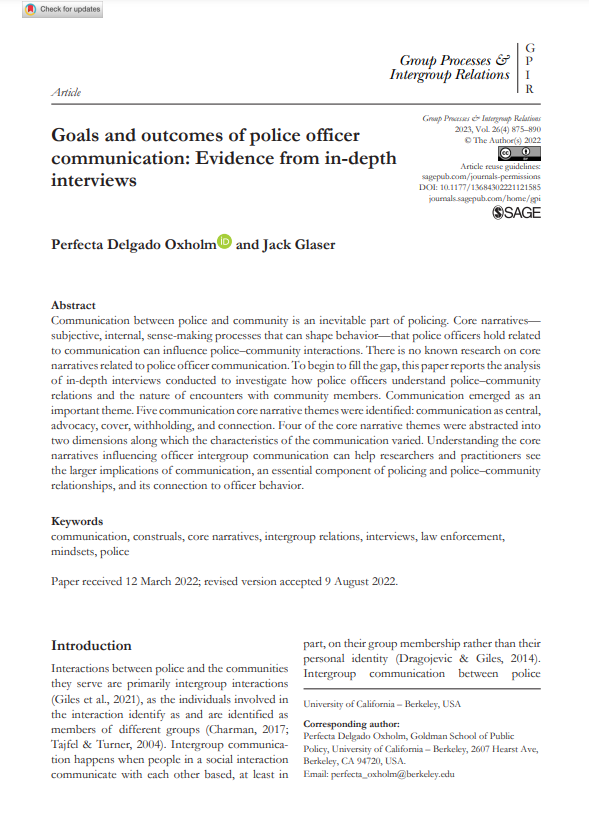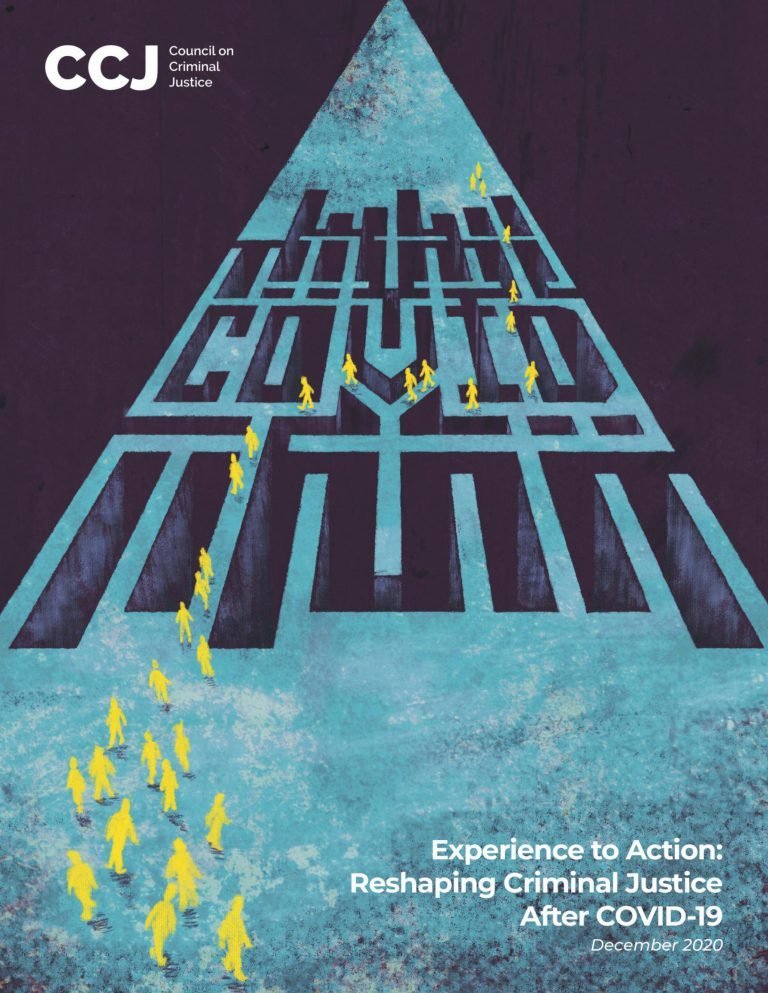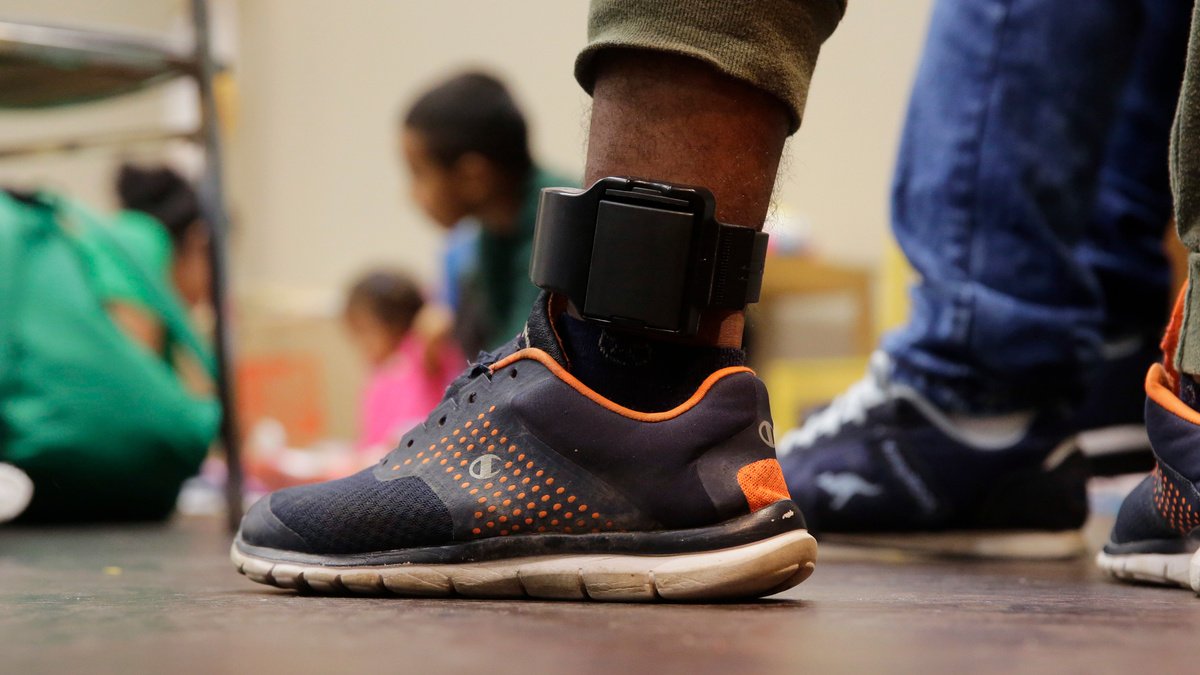By Olive Lu and Michael Rempel
This report addresses the extent to which reforms to the use of Desk Appearance Tickets (DATs), enacted in New York State in January 2020, led more people charged with low-level offenses to avoid pre-arraignment detention.
A previous DCJ report established pre-reform baselines by examining statewide DAT issuance and arraignment appearance rates for DATs in 2019.
Key Findings:
Rising DAT Issuance Post-Reform but Continued Inconsistent Practices
Among charges made ineligible for custodial arrest, statewide DAT issuance increased from 38% in 2019 to 58% in 2021, followed by a decline to 50% in 2022 (in part reflecting rollbacks to the reforms put into effect May 2022).
Upstate courts saw the largest increase in DAT issuance from 2019 to 2021 (from 29% to 59%) while Suburban NYC had the highest DAT issuance rate throughout the study period (above 70%). DAT issuance in NYC post-reform was unexpectedly low, with 45% receiving a DAT in the peak 2021 year.
DAT rates among eight charge categories (including petit larceny, drug possession, criminal mischief, and criminal trespass) also varied widely by region.
Relative Stability in Warrant Issuance
The statewide warrant issuance rate for failing to appear at a scheduled DAT arraignment increased from 10% in 2019 to 17% in 2022, with large fluctuations in 2020 due to pandemic-related impediments.
Warrant rates in Suburban NYC and Upstate remained stable over the study period while NYC alone explained nearly all of the statewide increase.
Racial Disparities Persist but Shrinking in Some Places
Statewide, Black people were consistently less likely than white people to be issued a DAT on similar charges.
The Black-white disparity in DAT issuance decreased over the study period in NYC (from a 12 to 7 percentage-point difference) and disappeared in Suburban NYC.
The Hispanic-white disparity decreased in Suburban NYC and disappeared in NYC.
New York: Data Collaborative for Justice at John Jay College, 2024. 34p.





















